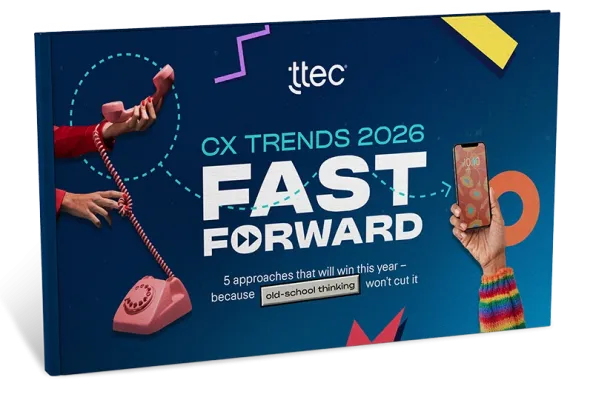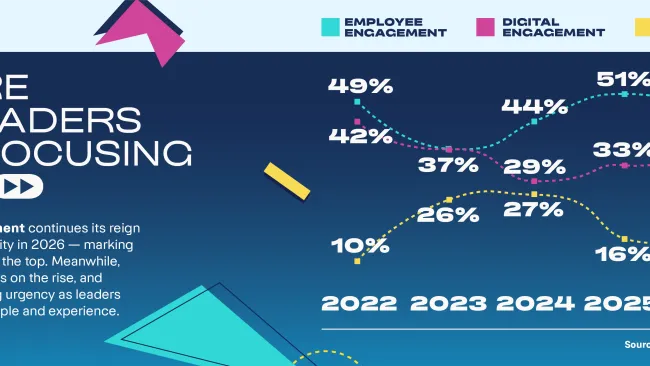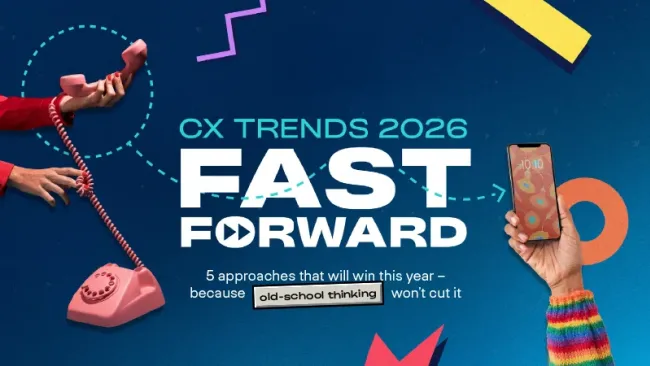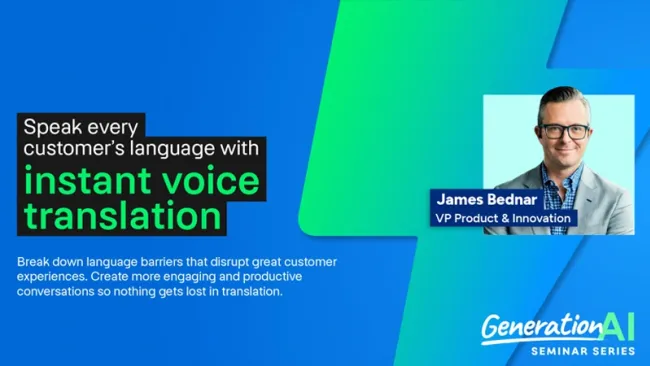Multiple choice! What do credit union members and Green Bay Packers fans have in common? Three guesses:
- Loyalty
- Ownership
- Rising expectations
If you picked any one of those, you’re wrong. Trick question. It’s All of the Above. While there are parallels between the member centricity held sacred by nonprofit credit unions and the only NFL team owned by its fans, the two diverge on a key demographic: The under-40 crowd.
Packers’ young cheeseheads remains fiercely loyal with a high level of digital engagement, but credit unions are losing ground with the under-40 age group because the experience is not meeting expectations. Credit unions still rank higher than retail banks on CX and trust, according to J.D. Power’s 2025 U.S. Credit Union Satisfaction Study, but there are pockets of opportunities to improve connections with customers.
Though credit unions are praised for putting their members first and offering unique services retail banks don’t offer, such as free financial planning, there’s work to be done in the realm of digital transformation. Among the top complaints credit union members have involve mobile apps, according to J.D. Power. Specific sore points include:
- Lack of clear information
- Limited range of services
- Poor navigation experience
Meet customers where they are
Credit unions need to keep up with their members in terms of how they want to engage and which channels they favor. All cosumers, but the under-40 age group in particular, are gravitating to mobile apps. Early on, consumers looked to apps for transactional purposes — make a deposit, check a balance — but that’s all changed.
Increasingly, customers expect a richer experience from mobile apps. They use their phones not only to surface information, but also to find specialized knowledge and trustworthy guidance. Education about financial wellness.
Digital natives don’t want to sit down across the desk from a person to ask for the information they need, such as how interest rates differ for different types of loans. They don’t want to talk to a live person if they don’t have to. That’s not their vibe. They’re wildly proficient with their phones and expect mobile apps to meet them at the same level of sophistication.
Education: The great equalizer — and differentiator
Credit unions already offer financial education programs in their communities because they are committed to financial literacy. They’ve done the heavy lifting of developing in-person workshops and seminars covering topics like budgeting, credit management, and debt reduction.
Why not bring those existing valuable resources to the digital space to help members make more informed financial decisions and achieve financial well-being? SPC Credit Union extends its financial literacy mission to the children of its members, via its free Greenlight program that uses gamification to help kids learn how to manage and save money.
Some companies may not even be aware of what aspects of their mobile platform leave something to be desired. It could be something as simple as promoting awareness about already-existing mobile app functionality.
For example, we analyzed mobile activity for one of our clients and discovered a whopping 85% of customers were unaware they had the ability to arrange payment extensions via the app. The feature was available — but few knew it was there.
So we added a notification system within the app and a new calendar interface that improved customers’ visibility to all payment options. The results? Promise-to-pay voice calls dropped 17%, mobile app messaging rose 72%, and the client saved $81,000 in just four months’ time.
Open up to self service and conversational messaging
Credit unions already have the members-first focus, but there’s opportunities to take it further to enhance self service. Consumers are accustomed to using virtual assistants and they want to accomplish more with them. And not for just simple tasks like a password reset. They are looking for a two-way conversation.
Fortunately, generative AI has enabled virtual assistants to perform at a higher level than ever before.
Bots can listen to a caller’s voice, words, and cadence to suss out more personal details about the caller such as gender and approximate age — and even the degree of conversational formality preferred by the caller. The bot can then mirror the vocal expressions of the caller to create experiences that reach far beyond mere automation. The bots create genuine connections through conversational messaging.
One major U.S. bank we worked with faced an unexpected surge in call volume so we deployed a conversational AI solution in just three weeks. We also updated the bank’s interactive voice response (IVR) system to inform callers they could message an associate for a faster response. Customer satisfaction rocketed to 95% for those who chose the messaging function (up from the low 40s).
One new innovation we’ll be showcasing this fall at the September Technology Council Conference organized by America’s Credit Unions is TTEC ADDI, which uses AI to power voice-to-voice language translation between customers and contact center associates in near real time. The bi-directional translation solution enables both parties to speak and hear in their own native language for a seamless interaction.
Voice biometrics, an added security layer
Credit unions, with their member-centric focus, want to protect their members’ accounts but verification methods can add friction to the experience. When members call for support, they have an immediate need they want addressed. Instead, the first order of business is usually a battery of questions to answer as part of identity verification.
Here’s where voice biometrics comes in. By analyzing the audio, voice biometrics not only authenticate a member’s identity more quickly than a series of five security questions, but the tool can also suggest the caller’s age and gender.
Think about it: If you have a fraudster who’s under 30 years old — and most fraudsters are — and they’re calling to try and take over the account of an unwitting member who’s older, say in their 50s or 60s, the discrepancy between the legitimate credit union member and the fraudster becomes evident.
So the objective is not to make the experience difficult, but rather streamline it while still providing protection. Biometric authentication can be deployed in just one day.
Biometric authentication is the most preferred identity verification method among financial services customers, according to PYMNTS.
It’s encouraging to see all the new tools available to credit unions looking to improve CX, especially for the under-40 members who are reaching their peak earning power and who are solidifying their spending patterns for decades to come.
These early adopters of technology are making their engagement preferences known. They expect seamless omnichannel experiences and are willing to pay a premium for the service they deserve. Who will step up and deliver?















